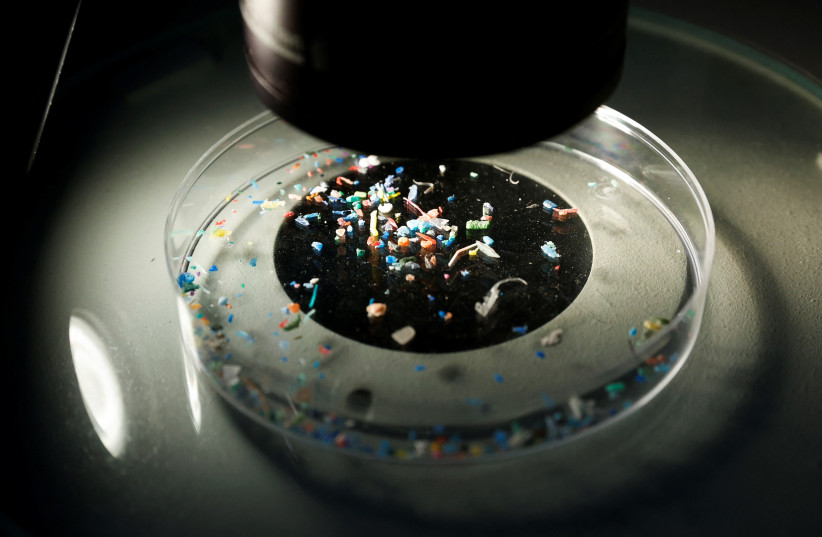We already know that we inhale many microplastic particles into the body, but how many are they? According to new research, it's too many. Researchers have found that people inhale the equivalent of a credit card's worth of microplastics every week.
An Australian research team says these dangerous particles accumulate in the nose and back of the throat, areas considered "hot spots" that can increase the risk of various diseases.
"Millions of tons of these microplastic particles have been found in water, air and soil. The global production of microplastics is increasing, and the density of microplastics in the air is increasing significantly," says Muhammad S. Islam, the author of the study, from the University of Technology Sydney. "For the first time, in 2022, studies have found microplastics deep in the human respiratory tract, which raises the fear of health hazards in the respiratory tract."
Where is a microplastic?
Microplastics consist of broken-down plastic waste, synthetic fibers and tiny beads often found in personal hygiene products. Although they are known to harm the lives of sea creatures who mistake them for food, humans can also consume them through seafood, tap water or other items. This environmental waste - created from the breakdown of plastic products - usually contains toxic pollutants and chemicals.

The study, published in Physics of Fluids, is the first to show that microplastics linger in the human respiratory tract. Humans may inhale about 16.2 microplastic particles every hour, equal to the total mass of a credit card after a week.
The researchers believe that their study highlights the serious concerns of exposure and inhalation of microplastics, especially in areas with high levels of plastic pollution or industrial activity. They hope their findings will help develop targeted drug delivery devices and improve health risk assessments.
In the future, the researchers aim to examine the transport of microplastics on a larger scale in a human lung model while incorporating environmental parameters such as humidity and temperature.
